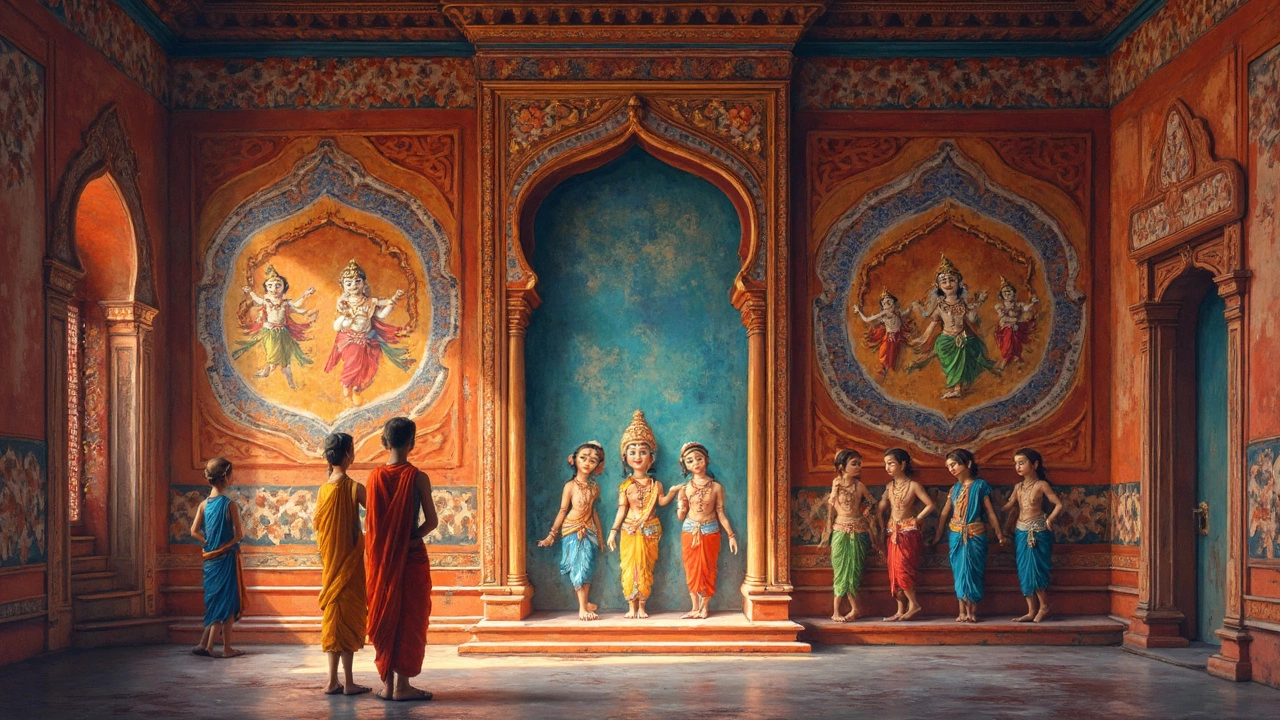Art Forms: A Simple Guide to India’s Creative Traditions
India’s art scene is a mix of colors, beats, and movements you can feel in everyday life. From a temple mural to a village drum, each form tells a story about the people who make it. If you’re curious about why these traditions still matter, this guide will break them down in plain language and show you how to enjoy them right now.
Dance and Performance
When you think of Indian dance, you probably picture bright costumes and fast footwork. Classical styles like Bharatanatyam and Kathak follow strict hand gestures (mudras) that turn a simple story into a vivid picture. Folk dances such as Bhangra from Punjab or Garba from Gujarat are less formal – they happen at weddings, festivals, and even street corners. The steps are easy to pick up, and all you need is a good beat. If you want to try, look for community classes or local cultural events – most are free or low‑cost.
Music, Poetry & Visual Arts
Indian folk music is older than many modern songs. Instruments like the sitar, tabla, and dholak create rhythms that have stayed almost unchanged for centuries. Listening to a folk performance at a village fair lets you hear the same tunes our ancestors sang. Poetry, especially the attitude poem and devotional verses, packs big emotions into short lines. You’ll find them on social media, in schoolbooks, or on wall art. Speaking of wall art, India’s painting traditions range from intricate Mughal miniatures to bold street murals. A quick visit to a local museum or an open‑air market can reveal how these visuals blend history with today’s trends.
What ties all these forms together is the idea of sharing culture without needing a textbook. A dance move, a drum pattern, or a line of verse can instantly connect strangers. That’s why festivals like the Pushkar Camel Fair or regional food fairs also showcase art – they’re all part of the same celebration. You don’t have to travel far; many towns host free performances in parks or temples.
If you want to explore on your own, start with what’s closest. Spot a dance video on YouTube and try mimicking three steps. Pick a folk song on a streaming service and note the drum pattern. Walk through a market and ask a vendor about a painting they’re selling – you’ll often hear a quick story about its origin. These tiny actions turn passive watching into active learning.
Finally, remember that art forms evolve. Modern Indian pop dancers mix Bollywood moves with hip‑hop, and musicians blend classical ragas with electronic beats. Keeping an eye on trending videos or local youth groups can show you where tradition meets innovation. That’s the best way to stay connected: enjoy the old, celebrate the new, and share what you love with friends.
So next time you hear a drum, see a vibrant mural, or catch a dance on TV, think of it as an invitation. You’ve got everything you need to explore India’s art forms right at your fingertips – all you have to do is take the first step.
